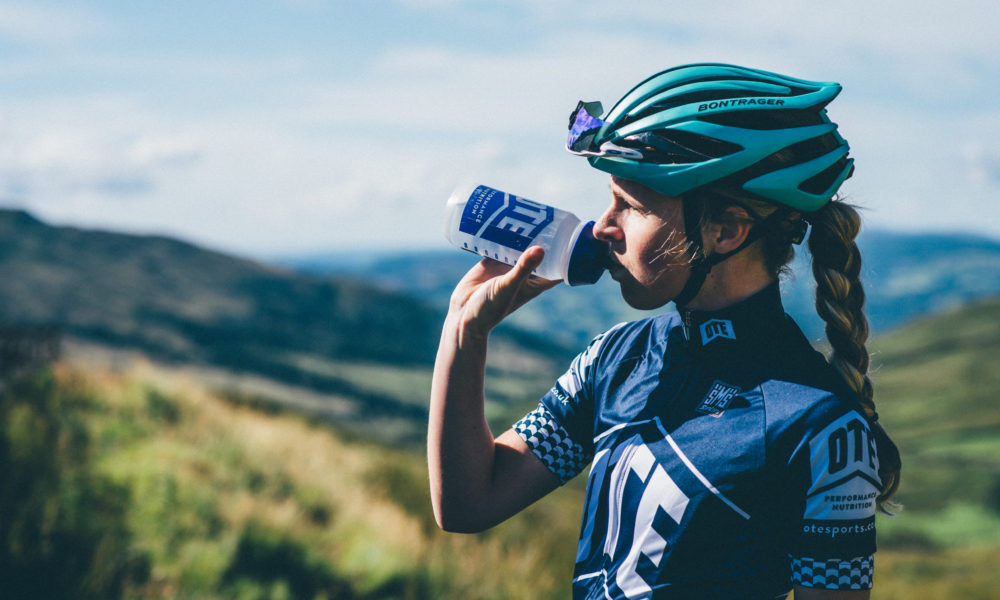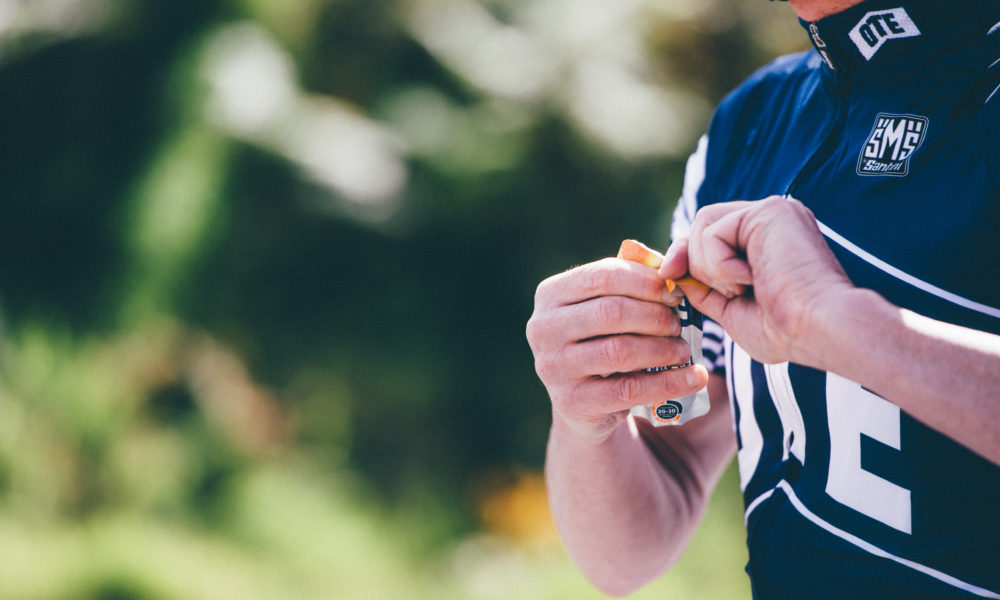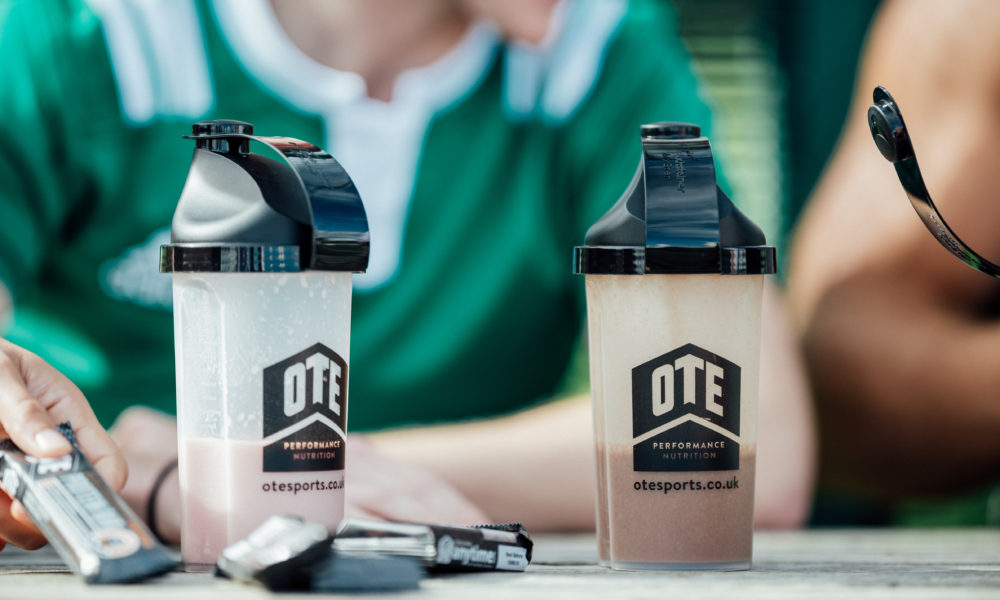
Fuelling a Multi-stage Event
Story by OTE Sports
May / 15 / 2019
From Riding Every Km of a Grand Tour to competing in a Granfondo or enjoying one of our explorer tours, stage rides are more popular than ever, with many professional and amateur athletes keen to test themselves over multiple days. That's why we have partnered with OTE Sports, to ensure our guests and guides are well fuelled. Consuming yummy, good quality, natural products is extremely important on a stage event and on our tours you will find a number of the products listed below... We hope you enjoy them as much as we do!
Back-to-back days of intense exercise require particular attention to detail when it comes to nutrition. Putting in place clear strategies to help maintain adequate energy supply will help you maximise your performance during a multi-stage event, especially since you will probably experience a significant increase in exercise volume and load during the event.
Whilst you may “get away” with minimal use of energy drinks, gels and bars at home, you won’t get the most from yourself during the event if you don’t fuel optimally. During back-to-back days you need to guard against progressive muscle glycogen depletion. At home it is likely that you can “make-up” for shortfalls in energy supplies between training sessions, but with the increase in volume and intensity of a multi-stage event you are less likely to have the opportunity to make up for any shortfalls between stages. This means ensuring you take adequate energy on board and remain hydrated before, during and after each day’s stage.

Keep Hydrated
As well as energy supply, hydration is one of the critical nutritional factors that affect sports performance. As little as a 2% loss in body weight through dehydration can decrease performance by up to 20%. You need to plan to keep hydrated, especially as most multistage events take place in warmer climates.
We suggest drinking 1.5 times as much weight in fluid as you have lost in sweat in order to fully re-hydrate after each stage, the fluid should have a significant amount of sodium and potassium and be free from dehydrators such as caffeine and alcohol. Sipping little and often is the best strategy when it comes rehydration.
OTE Hydro Tabs drunk between and during stages are a great way to stay on top of hydration as they contain electrolyte to replenish salts lost during sweating.
First thing
You need to start hydrating from the word go. Sipping on a bottle containing a hydro tab is good idea. For something different try consuming a fruit or veg juice drink. This helps to kick-start hydration for the day, and provides you with a host of nutrients and energy, without ‘the bulk’ of eating large amounts.
Breakfast
This isn’t much different to what you probably eat before a training ride. Something high in carbohydrates should make up the majority of the meal. A large bowl of porridge or beans on toast, followed by some protein from an omelette would be a great idea. No need to over eat, but just have something to top up your carbohydrate stores. Aim to eat this 2-3 hours before the start to allow for it to settle in your stomach.

During the stage
Fuelling during each stage needs to start from the get go.
Always remember you are trying to stay on top of fuel stores for all
that day, and the days after, so eating needs to start straight away to
achieve this.
Aim to consume 1g of carbohydrate per kg body weight per hour (1g/kg/h) to sustain your energy levels at a brisk riding pace.
Example Fuelling Strategy
A 70kg athlete would need to consume 70g of carbohydrates per hour, this could equates to:
- 500ml of OTE energy drink + a medium banana
- An Anytime Bar + an OTE energy gel
- A Duo bar + Energy Gel
- Small jam sandwich + small slice of cake
- 500ml of OTE energy drink+ Anytime Bar
What you use to fuel is up to you! Most people tend to eat solid food to begin with and then as the intensity increases or terrain gets tougher, they turn to using the technical nutritional products such as energy gels and energy drinks. The emphasis needs to be on staying on top of this intake to last the duration of the event.
You also need to remember to stay hydrated and take on OTE energy drink that also includes electrolytes and carbohydrates. As a guide, riders are encouraged to consumed at least 500ml of fluid per hour as well as 70g of carbohydrates, so having a carbohydrate source in your energy drink is ideal.

Post Stage
As soon as you finish the stage it is essential that the recovery process begins. OTE Recovery shakes are a great idea to consume alongside a high carbohydrate snack such as a Duo Bar or a small sandwich.
Getting a 20-25g intake of protein is very important; however it is the co-ingestion with carbohydrates that has been found to really optimize an athlete’s recovery. Aim to consume this within 30 minutes of finishing the stage for the best results.

Evening meal
This is your chance to refuel again ready for the next day, and again the majority of your meal needs to be carbohydrates, after all this is the primary energy source that you will be using during the event. That being said don’t go overboard, your body can only store so much, so eating endless plates of pasta is not beneficial. Try one large plate in which 50% is made up of carbohydrates like pasta, rice or potatoes. Have a portion of protein such a chicken to help continue with recovery and make sure you consume a large serving of vegetables and/or salad for a big vitamin hit. After all back-to-back days of riding put more strain on the immune system. Make sure you have your drink containing hydro tabs at your side too.
Nearly time for bed and ready to repeat all of this the next
day but first, try having one last high protein snack before you sleep.
Research has shown that this high protein snack can be really beneficial
for continuing the recovery process overnight. Something like an OTE
Super Protein shake or protein bar is a great idea and will help you be
in the best shape possible for the next day’s stage.

View the full range of OTE sports products here: https://www.otesports.co.uk